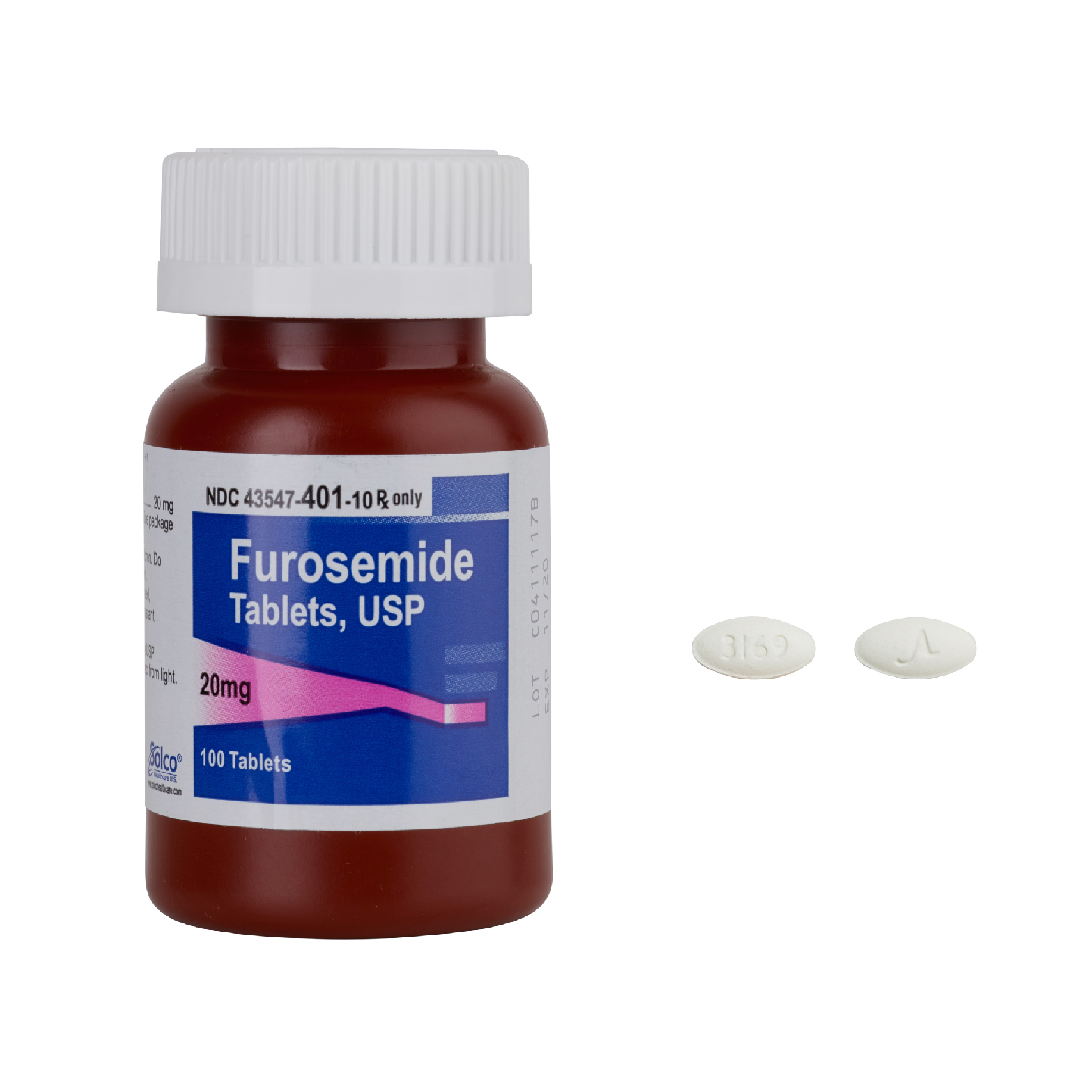Africa’s first female WBC bantamweight title winner also Zambias first WBC bantamweight title Catherine Phiri has been given two years suspension for using Furosemide “Body slimming drug” by the Africa Region VI Anti-Doping Organization- RADO following her fail to doping test.
Many would wonder what is doping? What can cause athletes to dope? Who regulates doping? What constitute doping? What are ways or methods of doping?
Doping refers to the use of prohibited medications , drugs, or treatment by athletes with intentions of improving athletic performance. Using unorthodox methods to gain an unfair advantage over competitors dates back centuries.
The trend attracted attention and as the years went by, the practice was *came to be classified as cheating in addition to having adverse effects. In some cases athletes would die prematurely or suffer serious health complications.
In 1904 the first case of doping was noted at the Olympic Games in a runner who was injected with strychnine to assist with speed, and endurance.
Regulation
Despite the visible improvement in performance noted in countless athletes throughout over the centuries, it was also noted that the athletes would often suffer adverse health effects and even premature death that seemed to be associated with the doping practices. I think this should removed (points were already mentioned above).
As awareness and research around doping improved, the first ban on doping was put into effect in 1928 by the International Association of Athletics Federation.
This ban proved to be inadequate however, as the ability to test for banned substances was quite limited at that time.
In 1967 the International Olympic Committee (IOC) banned doping, and in 1999 the IOC led the initiative to form the World Anti-Doping Agency (WADA).
Today WADA forms the backbone of anti-doping laws and testing worldwide, and assists in setting the standard for other agencies and sports.
WADA’s main activities include education of the health risks of doping, scientific research of doping practices, development of anti-doping capabilities, and development of testing methods for doping detection.
According to the World Anti-Doping Code, which was established by WADA in 2008, a substance or treatment constitutes doping if it meets two of the three following criteria: It enhances performance, It presents a risk to the athlete’s health and if it is contrary to the spirit of the sport.
This code consists of a yearly-published list of prohibited substances and treatment methods that athletes are not allowed to use.
Various penalties can be enforced upon athletes found to be in violation of the Anti-Doping Code. Many athletes found in violation of the code have previously suffered punishments ranging from being stripped of Olympic medals or sports titles to lifetime bans from future competition in sport.
Methods of Doping
According to the study carriedout by Center for Preventive Doping Research/Institute of Biochemistry there are five ways of doping
- Anabolic Drugs (Anabolic Steroids)
Anabolic steroids have been prevalent in professional sports since they were first used in the 1950s in weight lifters. They have been used extensively in strength-based sports such as weight lifting, football, baseball and many other sports. - Dietary Supplements this is when athletes try to improve their strength, speed, agility, and bravery by using special diets and products such as lion hearts and deer livers. With the growing scientific understanding of exercise physiology in the early 20th century, more specialized dietary supplements and ergogenic aids were employed to increase physical fitness.
- Contaminations of Drugs and Medical Preparations
Both pharmaceuticals and food are usually tested for the presence of contaminations and impurities at the part per million (ppm) level, which is sufficient to prevent any pharmacological effects, but it cannot rule out entirely implications for sports drug testing. - Food Contaminations
Besides dietary supplements and medical preparations, also food was found to be a potential source of inadvertent doping. - Ractical Aspects—Protection from Inadvertent Doping
The risk of inadvertent doping is predominantly connected to dietary supplements, which are aggressively marketed for muscle gain, fat loss, and boosting effects (mental enhancement). Therefore, athletes are advised to act with caution when intending the use such supplements.








